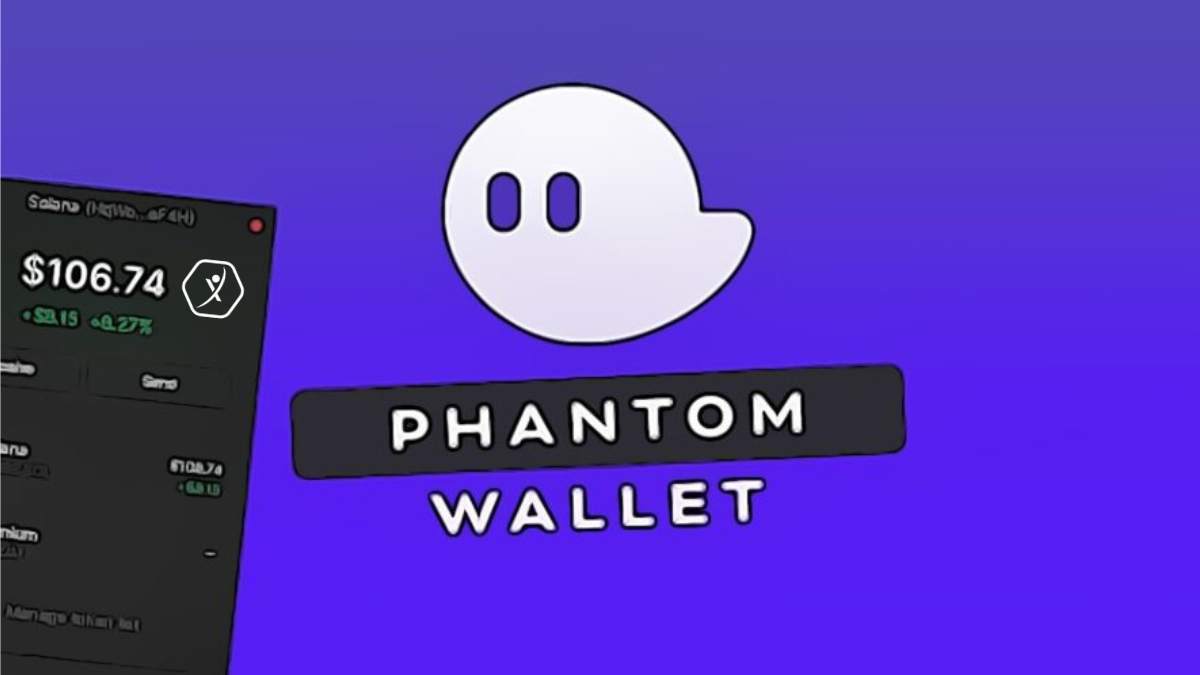You ever get that feeling when you try a new crypto wallet, and somethin’ just clicks? Like, it’s almost too smooth? That was me when I stumbled onto the Phantom extension. Seriously, it felt like the missing puzzle piece for anyone deep in Solana’s ecosystem. At first, I thought, “Okay, it’s just another browser wallet,” but then I started poking around and realized this thing does way more than just hold your tokens.
Here’s the thing — managing SPL tokens and hopping between chains can get messy. I’m not gonna lie, I’ve lost track of tokens before because my wallet didn’t handle multi-chain assets well. With Phantom, that headache seems to fade into the background. The extension is slick and easy to use, but underneath it’s packing some serious tech muscle that makes DeFi and NFTs way more accessible.
What really surprised me was how it balances simplicity with power. You know, wallets usually lean one way or the other — too complex for newbies or too barebones for pros. Phantom nails this midline. But wait, there’s more nuance here that’s worth unpacking…
Let me back up a bit. Initially, I thought multi-chain support meant just bouncing assets around different blockchains, but Phantom’s approach is subtler — it integrates SPL tokens deeply into its UX, making Solana’s native tokens feel native in your browser, no clunky workarounds. Hmm… that’s pretty slick.
Whoa! You can literally interact with decentralized apps (dApps) across chains without juggling multiple wallets or extensions. That’s a big deal if you’re into DeFi or NFT platforms on Solana and wanna keep your workflow tight.
Okay, so check this out — the Phantom extension doesn’t just list your SPL tokens in a static way. It shows real-time balances, transaction histories, and even supports staking and swapping inside the extension. Honestly, that part blew me away. I wasn’t expecting such a rich feature set from a browser extension, but it all just flows.
Now, I’ve got to admit, I was a bit skeptical at first about security. Browser extensions can be risky, right? But Phantom’s reputation and open-source codebase helped ease those worries. Plus, they use hardware wallet integration, which is a must-have in my book. You can connect your Ledger or Trezor and keep your keys offline while still enjoying that smooth browser experience. That combo feels like the best of both worlds.
Something felt off about other wallets I’d tried before — they’d either be slow or glitchy when handling multiple tokens. Phantom’s speed is impressive, especially when you consider how many SPL tokens are flying around Solana. It feels like they’ve tailored the extension specifically for the Solana ecosystem’s quirks and strengths.

And oh, the UI — it’s clean but informative. No clutter, just what you need to keep tabs on your portfolio and transactions. Honestly, wallets with too much info can overwhelm me, but Phantom strikes a nice balance. It’s like they get that users want quick access without losing depth when needed.
Multi-Chain Support: More Than Just a Buzzword
Here’s where it gets interesting. Multi-chain is tossed around a lot like it’s some magic phrase, but Phantom actually delivers on it in a meaningful way. You can manage assets on Solana alongside other Ethereum-compatible chains. That’s huge because many of us dabble in both ecosystems, and switching wallets or networks feels like a chore.
Initially, I thought supporting Ethereum tokens in a Solana wallet would mean compromises. But Phantom’s architecture lets you handle SPL tokens natively and ERC-20 tokens seamlessly, so you don’t have to sacrifice UX or security. This integration opens up a lot of doors for users who want to diversify without the headache of multiple wallets.
But here’s a little caveat — it’s not perfect (nothing ever is). Sometimes the network switching can take a second longer than I’d like, especially if you’re jumping between chains often. It’s minor, but worth noting. Hopefully, future updates smooth this out.
On one hand, multi-chain support means more flexibility. On the other, it introduces complexity that can confuse newcomers. I think Phantom does a good job minimizing that confusion by keeping the interface intuitive, but there’s definitely a learning curve if you’re fresh to crypto.
Anyway, if you’re looking to dip your toes into DeFi protocols on Solana — or even just hold a bunch of SPL tokens without fuss — the Phantom extension makes it painless. Plus, the ability to manage NFTs directly from your browser? That’s a sweet bonus. The NFT scene on Solana is growing fast, and having a wallet that understands those assets natively is a big win.
By the way, if you want to check it out yourself, the phantom extension is the way to go. It’s straightforward to install, and once you’re set up, you’ll probably wonder why you didn’t switch sooner.
Okay, I’ll be honest—this part bugs me a bit: The extension’s reliance on browser storage means if your browser crashes or you clear data accidentally, you risk losing access unless you have your seed phrase backed up. That’s crypto 101, but it’s a reminder to be super careful. Phantom does provide clear warnings, but folks new to crypto might overlook them.
Still, the overall experience is very solid. For US-based users especially, the integration with popular dApps and the speed at which transactions confirm on Solana make Phantom feel like the wallet built with us in mind. It’s not overhyped hype—there’s substance behind the buzz.
In fact, I’ve been using Phantom for a few months now, and it’s become second nature. I even convinced a couple of friends to switch, and they’re loving it too. One of them was struggling with another wallet that just wasn’t cutting it for NFT drops and quick swaps. Phantom fixed that problem almost immediately.
Something else that’s cool? The extension keeps evolving. The team is active, and updates roll out regularly with new features and bug fixes. That’s a sign of a committed project, not some flash-in-the-pan wallet that disappears after a year.
So yeah, the Phantom extension is more than just a tool. It’s kinda like the Swiss Army knife for Solana users who want a sleek, secure, and powerful way to handle their SPL tokens, NFTs, and multi-chain assets — all without leaving the browser.
Anyway, if you’re still on the fence, give it a spin. You might find yourself wondering why other wallets felt so clunky. Trust me, I was there too.
